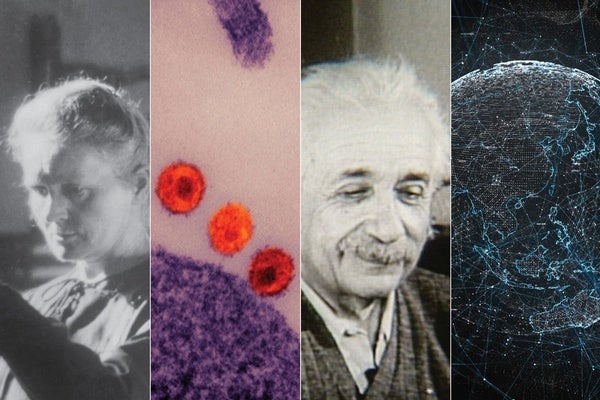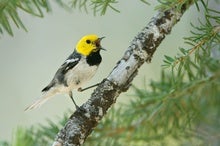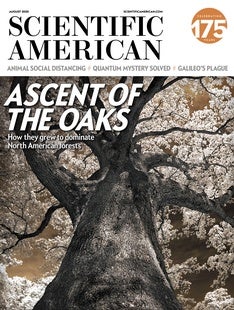 |
| August 18, 2020 |
Dear Reader,
Established on August 28, 1845, Scientific American is the longest continuously published magazine in the U.S. For 175 years, we've been covering the most fascinating and important stories in science, technology, medicine, and more. Today, we're celebrating by sharing highlights from our special anniversary issue. Check out an interactive timeline featuring some of the greatest hits of science history. Then, search our 4,000-word database to see how language in the magazine evolved over time. And the party won't stop there. Stay tuned for more celebrations in the weeks ahead. |
| | Sunya Bhutta, Senior Editor, Audience Engagement
@sunyaaa | |
 |
| |
| |
| |
| Arts & Culture The Language of Science How the words we use have evolved over the past 175 years | | By Moritz Stefaner,Lorraine Daston,Jen Christiansen | | | |
| |
| |
| |
| |
| Environment Warbler Species Fires Up Song Diversity Hermit warblers in California have developed 35 different song dialects, apparently as a result of wildfires temporarily driving them out of certain areas. |  | By Karen Kwon | 03:25 | | | |
| |
| |
FROM THE STORE
 | | | |
| |
| |
LATEST ISSUES
 |
| |
| Questions? Comments?  | |
| Download the Scientific American App |
| |
| |























Comments
Post a Comment